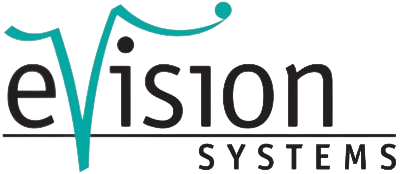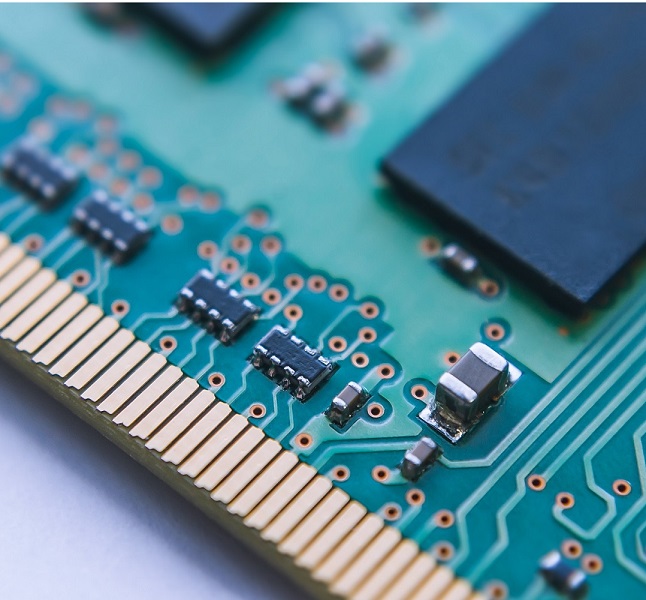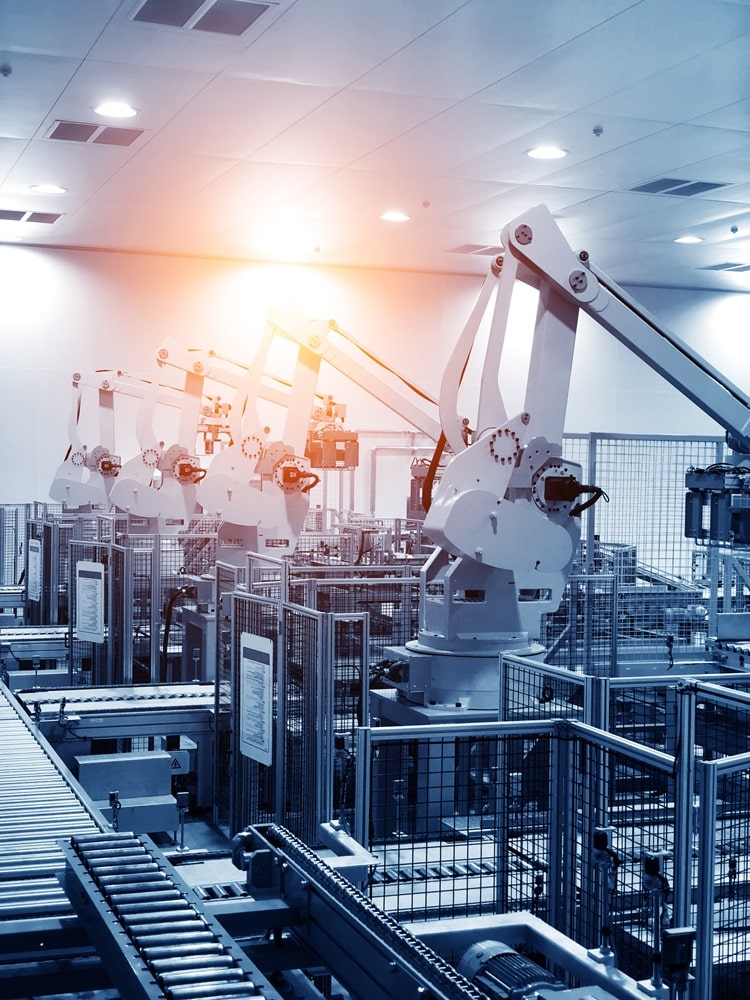Automotive

The I2C bus in the automotive sector
Since the I2C components such as EEPROMs have to withstand more difficult environmental influences and higher requirements, various IC manufacturers offer components specially made for this purpose.

RF front end control interface in the automotive sector
The interface simplifies configuration and integration and facilitates interoperability of components supplied by different vendors.
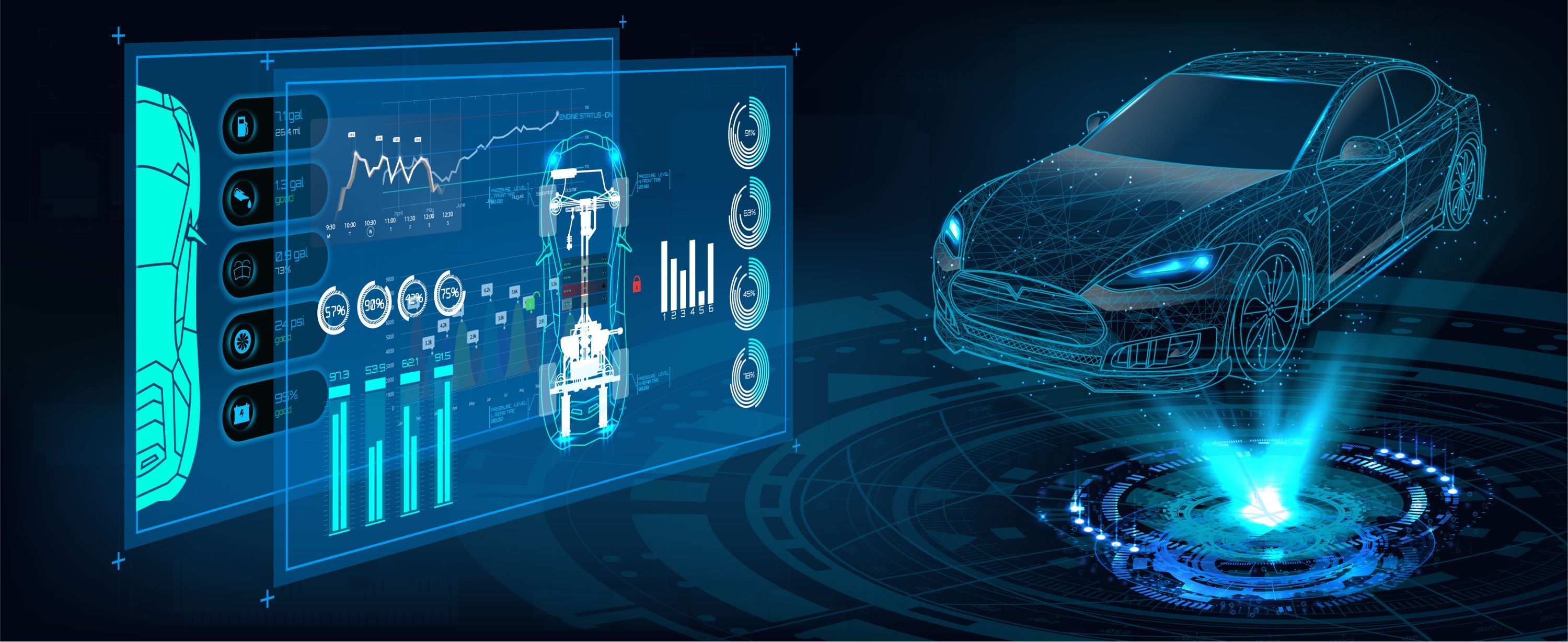
The I3C bus in the automotive sector
I3C has a dynamic address assignment process that standardizes a simple method of recognizing, listing and assigning addresses.
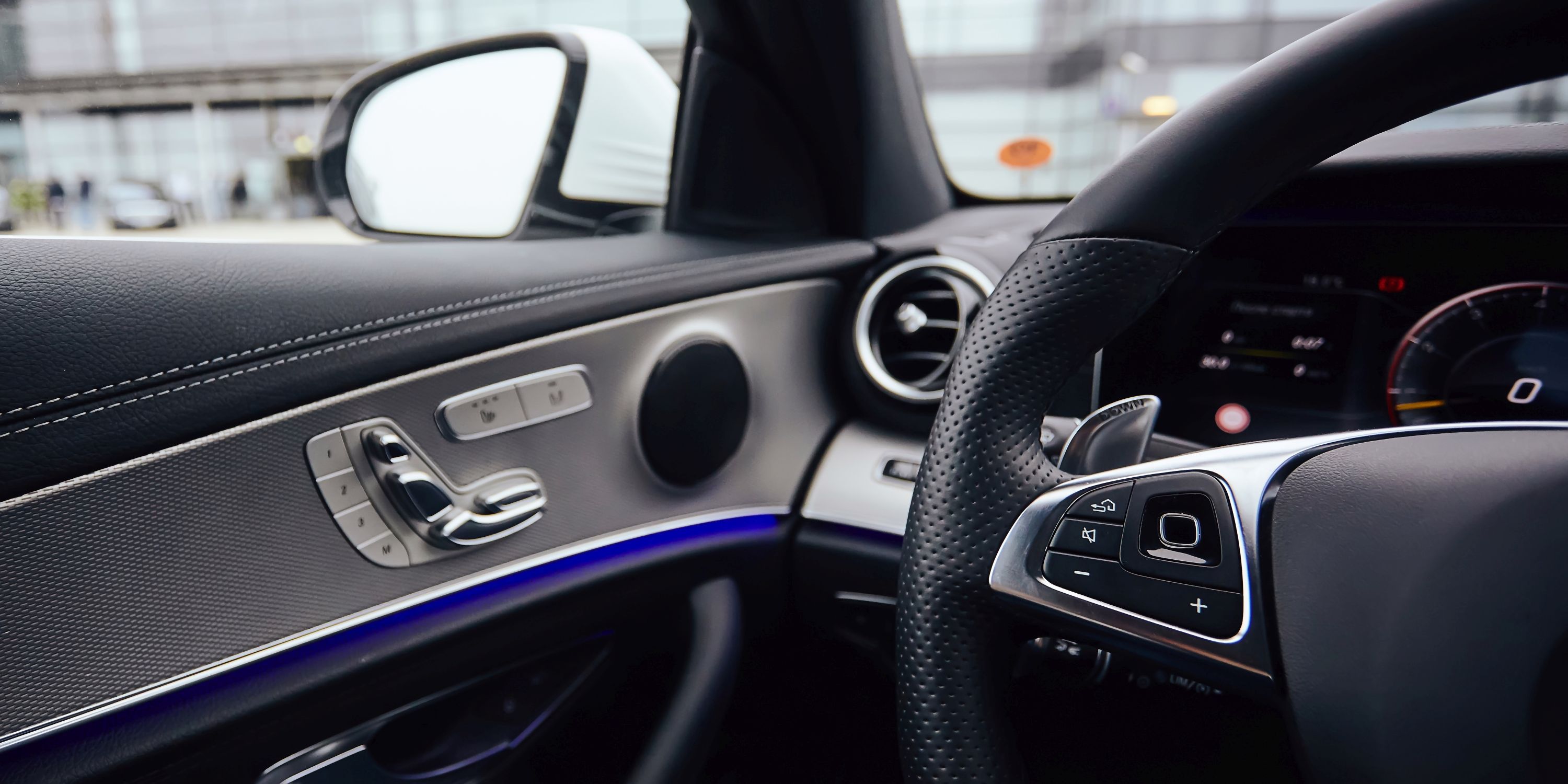
A2B Automotive Audio Bus
Automotive Audio Bus (A2B) from Analog Devices, enables the next generation of infotainment systems in the fast-changing automotive industry.

USB Type C & Power Delivery in the automotive sector
As more consumer devices (such as phones, tablets, and laptops) support USB-C and Power Delivery, the need for USB-C and Power Delivery ports in cars increases.

Memory types for autonomous driving
Because of this, a profound change has taken place in the memory industry as the automobile has become a main driver of memory technologies.
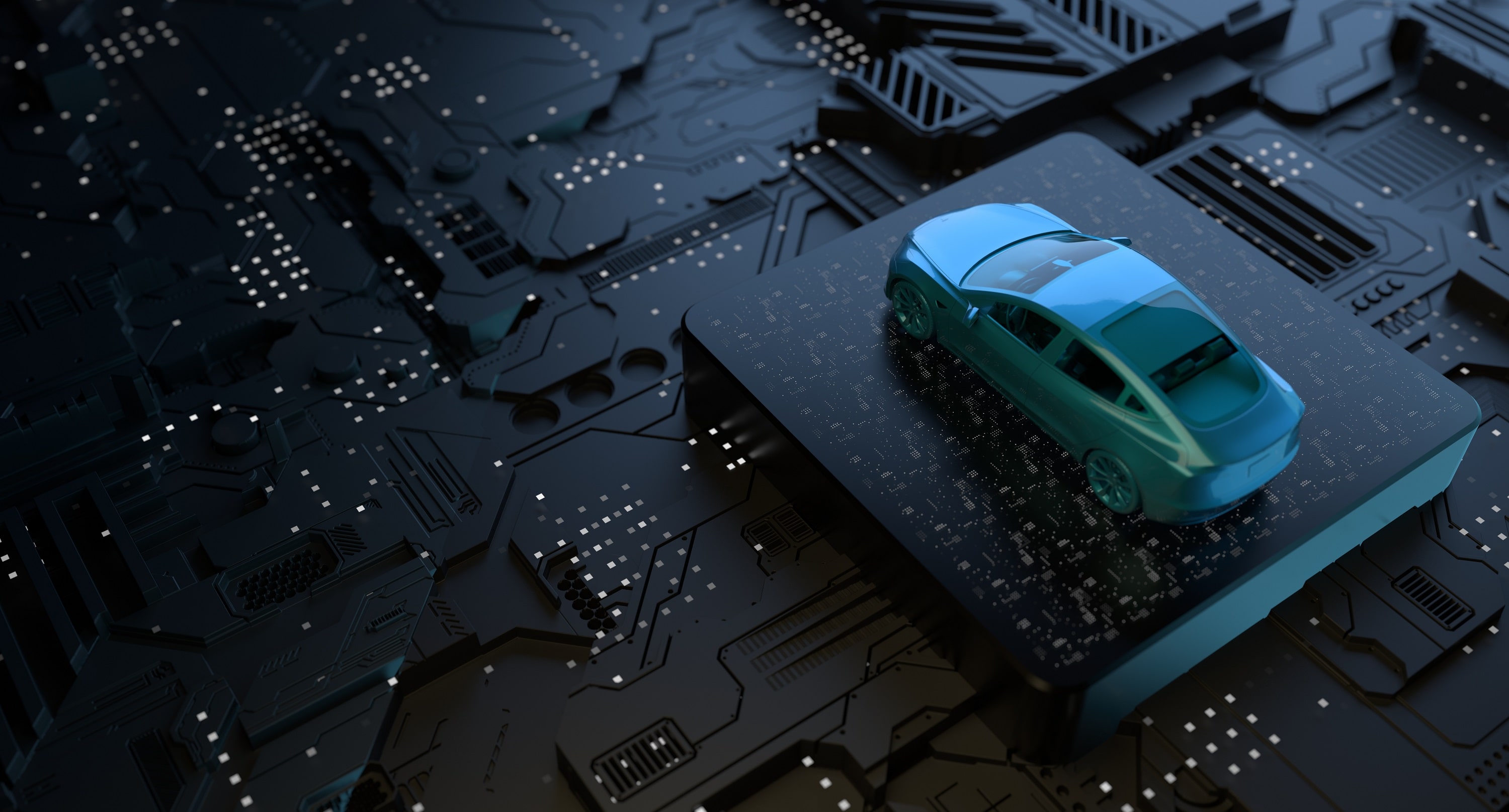
Storage technologies in the automotive sector
A major challenge for semiconductor manufacturers also arises from the product life cycles that are common in industry and automotive engineering.

Microcontroller in the automotive sector
Probably the most essential requirement of automotive microcontroller families is clearly the technical security to be brought with them, which is clearly different from consumer device or communication applications.

The CAN bus in automobiles
The CAN (Controller Area Network) bus was developed by Bosch in 1983 to reduce the weight of cable harnesses in vehicles.
